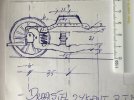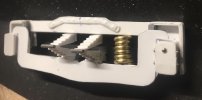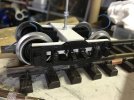justme igor
Registered
A youtube video caught my attention:
Does anyone have some experience with this?
I think for me this will be a good solution?
Create one car, make a mould and make the car in series.
Some pro's or con's?
Thanks in advance
Does anyone have some experience with this?
I think for me this will be a good solution?
Create one car, make a mould and make the car in series.
Some pro's or con's?
Thanks in advance




